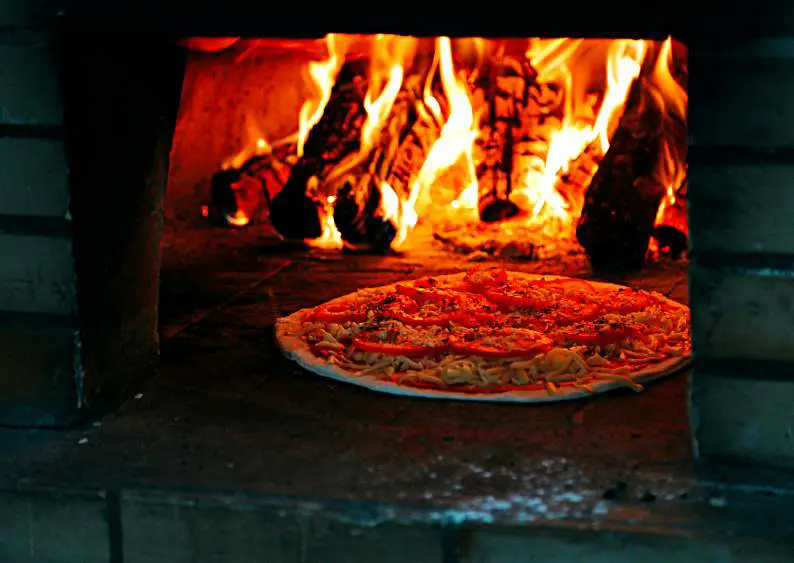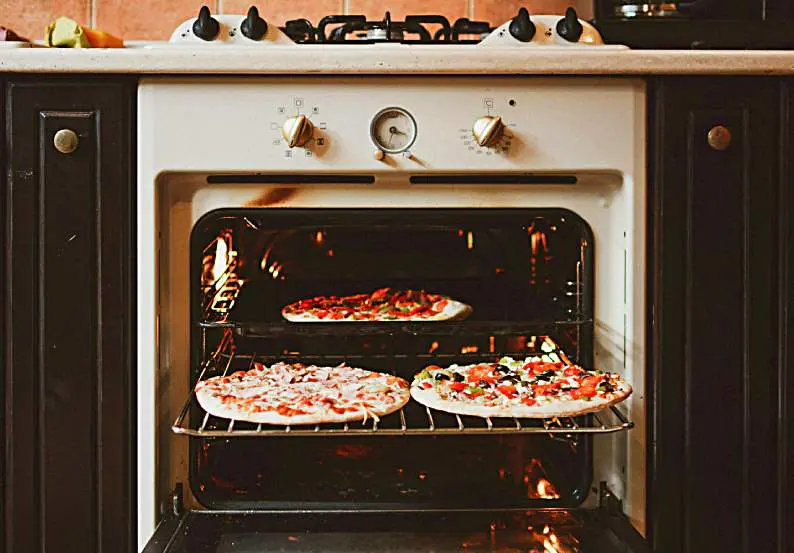words Alexa Wang
When it comes to enjoying a slice of culinary tradition, few things compare to the satisfaction of baking your own Arabic bread at home. Whether you’re a seasoned chef or a kitchen novice, setting up your Arabic bread oven can be a rewarding experience. This guide will walk you through everything you need to know to make the process as smooth as possible. From understanding the types of plates to maintaining the ideal baking conditions, you’ll be well-equipped to start baking delicious Arabic bread right in your own kitchen.
Understanding the Basics of Arabic Bread Ovens
Starting with the basics is crucial. Arabic bread ovens are unique in their design and function compared to standard kitchen ovens. They are typically dome-shaped and made from materials that retain and radiate heat evenly. This design is essential for achieving the high temperatures required for baking Arabic bread, which gives it that perfect texture and flavor. Before setting up your oven, familiarize yourself with its parts and how they work together. This knowledge will help you use the oven efficiently and troubleshoot any issues that may arise.
Choosing the Right Plates
Choosing the right plates for your Arabic bread oven is an important decision that affects your baking results. Plates come in various materials, such as clay, ceramic, or metal, and each offers different benefits. When selecting plates, consider their ability to conduct and withstand high levels of heat, as this directly impacts the bread’s texture and flavor. There are many Types of Plates for Arabic Bread Ovens, so do your research to find the best option for your oven and baking needs. The most commonly used plates are clay or ceramic, as they have excellent heat retention properties and result in a crispy crust and soft interior.
Heat Management
Maintaining the right temperature is key to baking perfect Arabic bread. Unlike conventional ovens, Arabic bread ovens require a higher temperature, often reaching up to 800 degrees Fahrenheit. Before placing your dough in the oven, preheat it to the desired temperature. Use an oven thermometer if needed to ensure accuracy. Consistent heat management will help you achieve that characteristic golden-brown crust and soft interior. Learning how to control the heat effectively can make a big difference in your baking results.
Dough Preparation
The dough is the heart of Arabic bread, and preparing it correctly is essential. Start with high-quality flour and follow a traditional recipe for the best results. Knead the dough until it’s smooth and elastic, then allow it to rise in a warm place. The rising process can take a few hours, but it’s crucial for developing the bread’s flavor and texture. Once risen, divide the dough into smaller portions and shape them into rounds. Proper dough preparation sets the foundation for delicious Arabic bread.
Baking Techniques
Different baking techniques can yield various textures and flavors in your Arabic bread. One popular method is to slap the dough onto the oven wall, where it sticks and bakes quickly. Another technique involves using a baking peel to slide the dough onto a hot plate. Each method requires practice to master, but both can produce excellent results. Experiment with these techniques to find which one works best for you. Don’t be afraid to make mistakes; baking is as much about learning as it is about skill.
Maintaining Your Oven
Keeping your Arabic bread oven in good condition is vital for consistent baking performance. Regularly clean the interior to remove any residual dough or burnt particles. Check for any cracks or damage, especially if you’re using a clay or stone oven. Proper maintenance not only extends the life of your oven but also ensures that each batch of bread comes out perfect. A well-maintained oven heats more evenly and retains temperature better, making your baking experience more enjoyable.
Troubleshooting Common Issues
Even with the best preparation, you might encounter some challenges when baking Arabic bread. Common issues include uneven cooking, dough sticking to the plates, or the bread not puffing up as expected. If you face these problems, don’t get discouraged. Adjusting the heat, changing the type of plate, or altering your dough recipe can often resolve these issues. Keeping a baking journal to note down what works and what doesn’t can be incredibly helpful. Remember, every baker faces challenges, and overcoming them is part of the learning process.
Baking Arabic bread at home can be a deeply satisfying and rewarding experience. By understanding the basics, choosing the right plates, managing heat effectively, preparing your dough correctly, experimenting with baking techniques, maintaining your oven, and troubleshooting common issues, you’ll be well on your way to mastering this ancient art. Each loaf you bake will bring you closer to perfection and deepen your appreciation for this time-honored culinary tradition. Happy baking!






